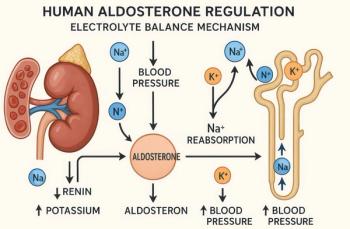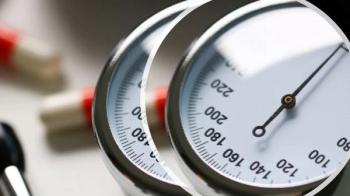
Screening for AF: Patient Detection of Radial Arterial Pulse
In a proof-of-principle study, German researchers evaluated an affordable, accessible, and cost-effective way to help diagnose atrial fibrillation after ischemic stroke, with promising results.
A number of new methods, including advanced technologies such as implantable cardiac monitors, are currently being investigated to improve atrial fibrillation (AF) detection in patients with cryptogenic stroke (
To address this need, Kallmunzer and colleagues (from Erlangen, Germany) conducted a feasibility study to evaluate the accuracy of patient measurement of radial artery pulse (MPP) as a simple noninvasive tool for detection of AF. After education on accurate measurement and how to detect AF via radial pulse, 256 patients and their relatives were prospectively enrolled and accuracy of AF detection by MPP was compared with simultaneously obtained blinded ECG.
The
Notably, although MPP is an element of the screening recommendations for primary prevention, it has not been systematically studied in secondary prevention for stroke. These data provide convincing preliminary evidence that MPP screening may be an important tool for improving detection of occult AF after a cryptogenic stroke. However, despite the high negative predictive value, the larger study will confirm whether self-MPP will become a stand-alone screening tool or serve a role in combination with other tools for AF detection.
References:
Reference:
Kallmünzer B, Bobinger T, Kahl N, et al. Peripheral pulse measurement after ischemic stroke: a feasibility study. Neurology. 2014 Jul 23; [Epub ahead of print].
Newsletter
Enhance your clinical practice with the Patient Care newsletter, offering the latest evidence-based guidelines, diagnostic insights, and treatment strategies for primary care physicians.






















































































































































































































































































